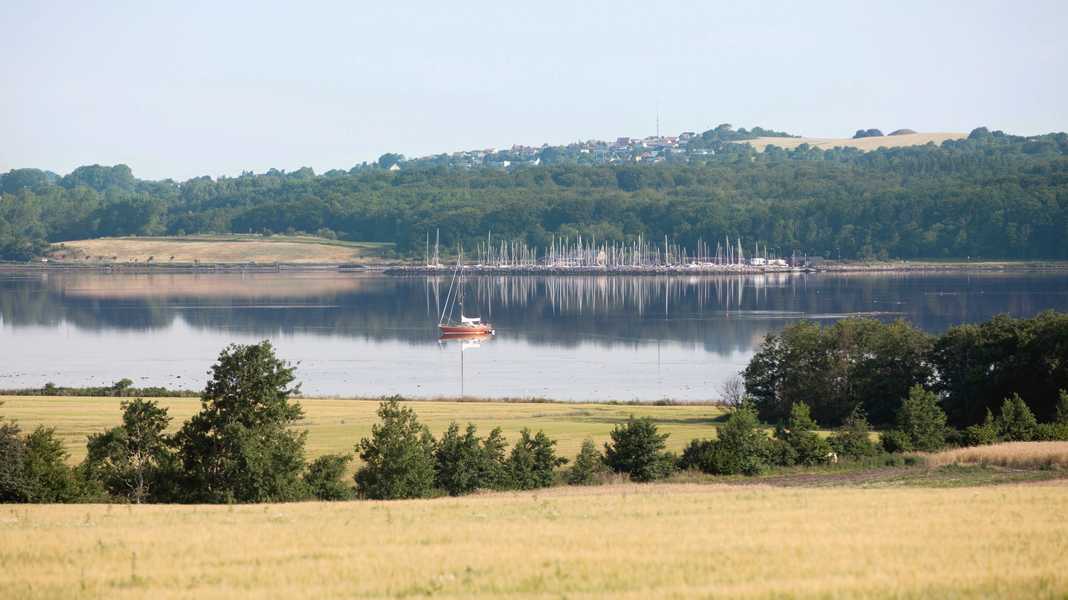
Country: Denmark
Area: 180 km²
It has been shaped over millions of years by gigantic tongues of ice and tonnes of water. The landscape in the Mols Bjerge National Park on the Jutland peninsula of Djursland offers a unique natural environment. There is also plenty of evidence of a rich cultural history. The area stretches from the coast of the Kattegat in the east to the Kalø forests in the west. In the centre rises the Mols Bjerge range of hills with high vantage points and glacier holes.
A different kind of national park
The area has been settled and farmed for thousands of years. The former maritime trading town of Ebeltoft is part of the national park, as are popular bathing beaches. The rules here are correspondingly less strict than in the purely natural, unpopulated national parks of the Baltic Sea, some of which may only be entered between sunrise and sunset. Here you can see remains from different eras everywhere. Worth seeing are the Stone Age round dolmen Poskær Stenhus, the medieval castle ruins of Kalø Slot, the megalithic graves at Tustrup and the cobbled streets of Ebeltoft. The Bronze Age burial mound Trehøje is 127 metres above sea level and offers a 360-degree panoramic view from Aarhus to Ebeltoft and of the four bays of Kalø, Begtrup, Knebel and Ebeltoft.
Travelling by boat
Ebeltoft has a large marina with two basins. The first has berths for visitors, the second is a small, charming fishing harbour. Nappedam is a good starting point for excursions to the castle ruins of Kalø and the nearby forests.
General information on national parks
National parks are retreats for plants and animals where nature is left to its own devices. At the same time, they attract millions of visitors every year precisely because of their unspoilt nature. And that is the intention: As part of the conservation objectives, people should experience nature here and thus recognise its value and worthiness of protection - a constant balancing act between nature conservation and tourism. National parks are divided into two zones. The core zones may not be utilised commercially or in any other way; humans are not permitted to intervene here. Visitors may only enter the marked paths. There are also restricted areas on the water and rules for sailing, mooring and anchoring. In the other parts of the national parks, you can usually move around freely. This second zone is to be preserved in its existing form through special care and utilisation, such as grazing with sheep.
